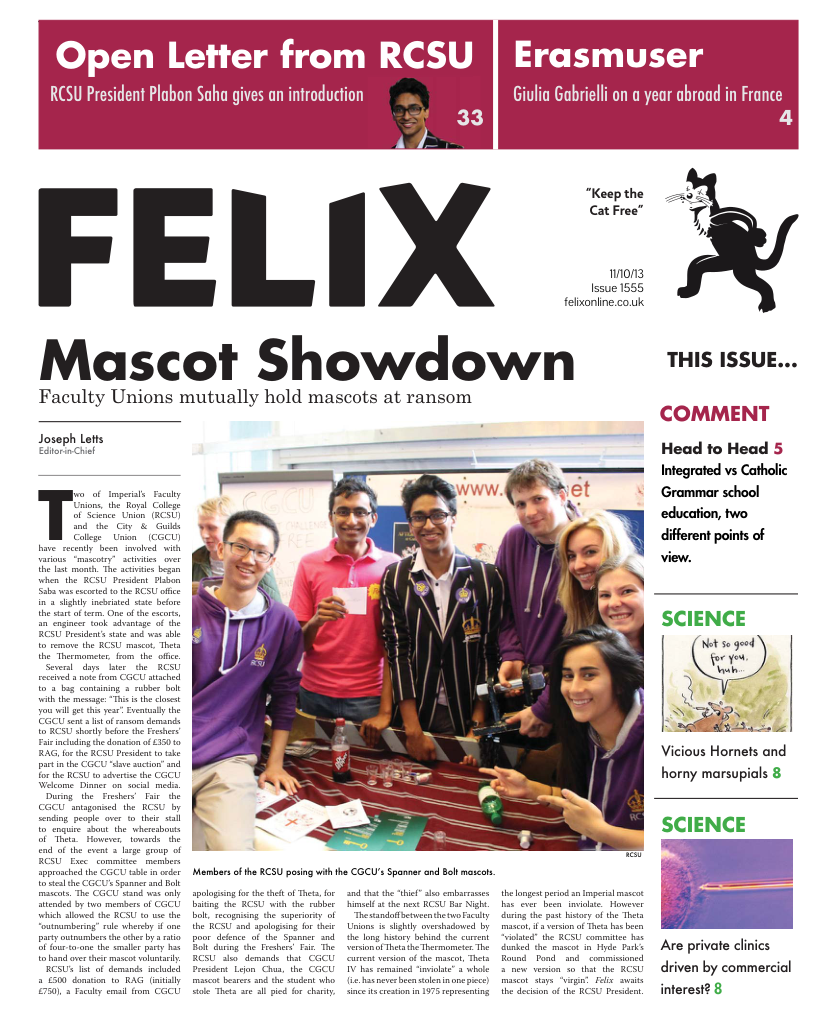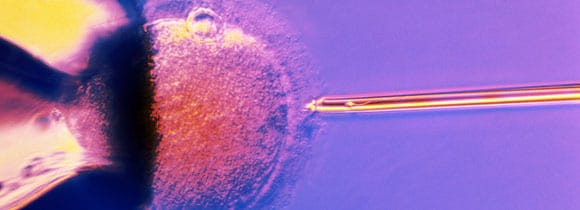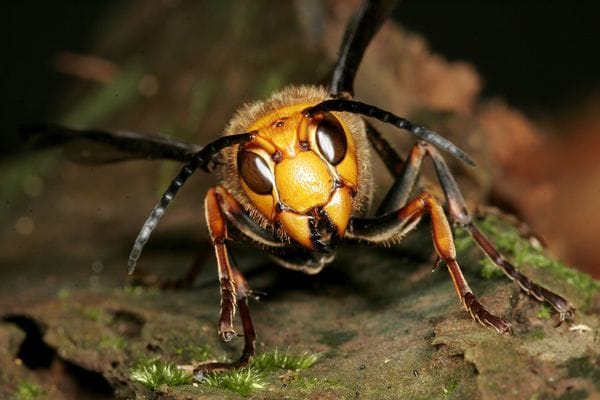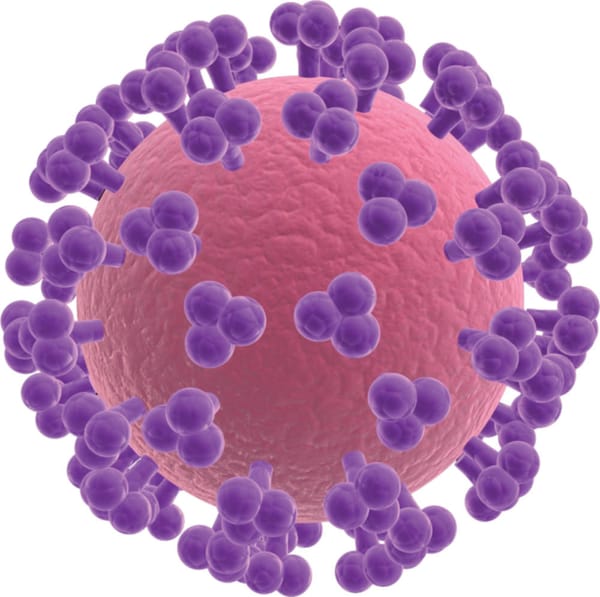Marsupials don’t stop until they drop
Are you dying for sex? Philippa Skett tells us that if you compare yourself to male marsupial mice, you really arenʼt
The Imperial male is very much a wonder to behold. What this population lacks in female companionship is makes up with a multitude of complex social rituals; whether it is the drinking circles of the rugby team, the LAN parties of the computer scientists or the Friday night pizza fest down in the sci-fi library.
It may not come as a surprise that the mating mannerisms of the Imperial male contrasts with a sexual ferocity recently discovered in a much smaller, usually more docile species - the marsupial mouse.
A study published this week and conducted by the University of Queensland, Australia, found that marsupial mice were mating with such vigour and intensity that they then died due to disease or even just from exhaustion. Known as suicidal reproduction, or semelparity, these marsupials were observed keeling over simultaneously in large numbers after the breeding season.
Semelparity is often a mechanism adapted for organisms with short breeding seasons or those that experience fluctuations in food availability. Females are thought to time breeding sessions to correspond to peaks in certain insect populations, to ensure both the maximal survival of the mother and her undeveloped young that will require weeks of care. They therefore are only available for mating once a year, and for these mice a year can be a long and perilous road for survival.
The male mice therefore put all they have (literally and figuratively) into mating during this temporarily open slot (again, literally and figuratively). They may mate continuously for 12 hours or more until passing out from exhaustion - the parallel to this behaviour is often seen in Imperial males as they study throughout the night in the Wolfson suite. The difference is that the efforts of the mouse are more likely to be much more fruitful- producing offspring, despite risking death is more rewarding that the low 2.2 the Imperial male may be laundered with after handing in that subpar lab report.
Due to such a short fertility window, female marsupial mice are also highly promiscuous to ensure the production of offspring for the future. Coupled with the competition of a whole host of horny suicidal males, this breeding season leads to a sexual frenzy, something akin to that only seen at seasonal balls with gregariously large bar tabs and no 9am lectures the next day.
The marsupial males only have one shot, and pour everything they have into making it truly deliver. They concentrate all biological efforts into producing particularly potent sperm at the cost of their immune system strength, resulting in an increased susceptibility to disease after mating season. This is not experienced in the female population, so males will inevitably suffer and die in large numbers whilst females may live for a number of years and breed again
For these male mice, with there being no selectional pressure for prolonged survival, this pattern of semelparity is set to continue long into the evolutionary future. Fortunately, the same cannot be said for the Imperial male, as once they leave the confines of the university community, they generally metamorphose into a more respected, social member of the wider population and can use humour, charm, looks and a large city wage to secure a mate instead.
It is debatable as to which male of either species is more successful, as although the marsupial mouse seems to have a sex life that is more exciting than an average imperial male, their lives in general are very much shorter. Personally, I think that until a marsupial mouse secures a graduate scheme placement at Goldman Sachs, the Imperial male still triumphs overall.










